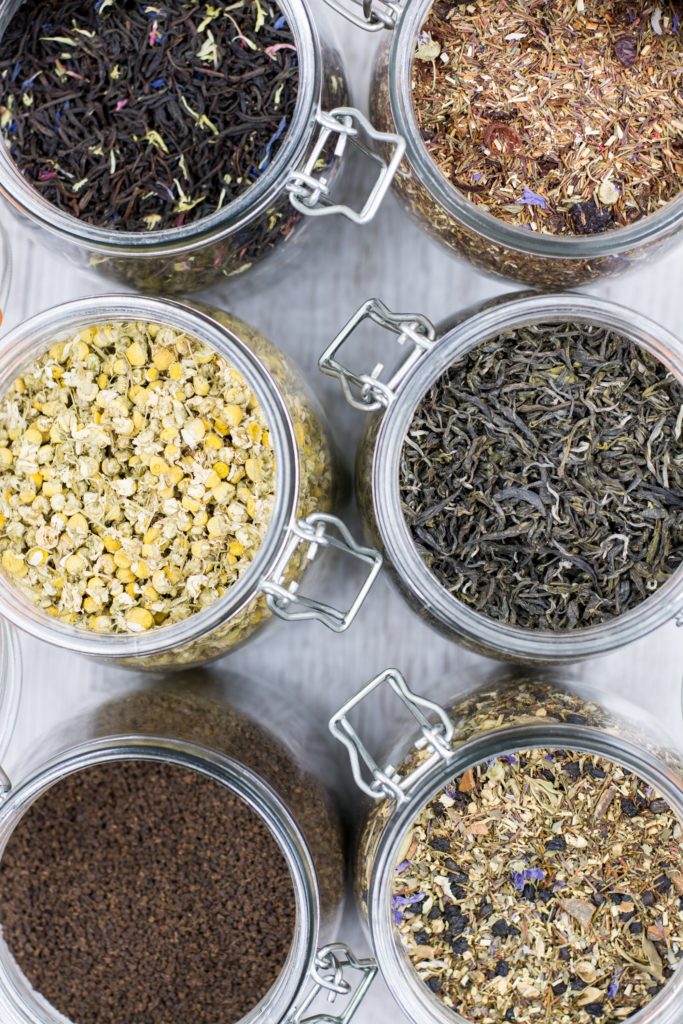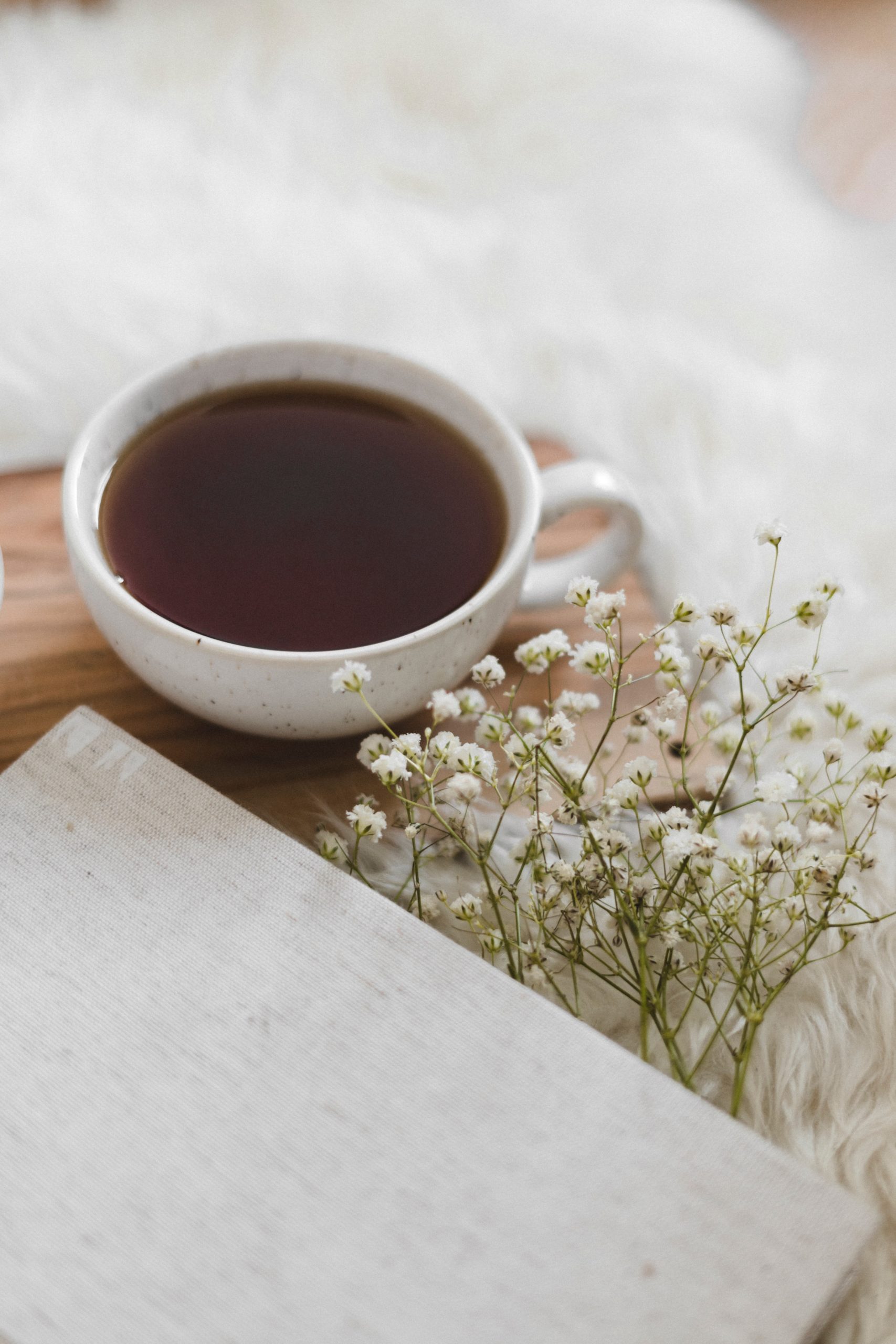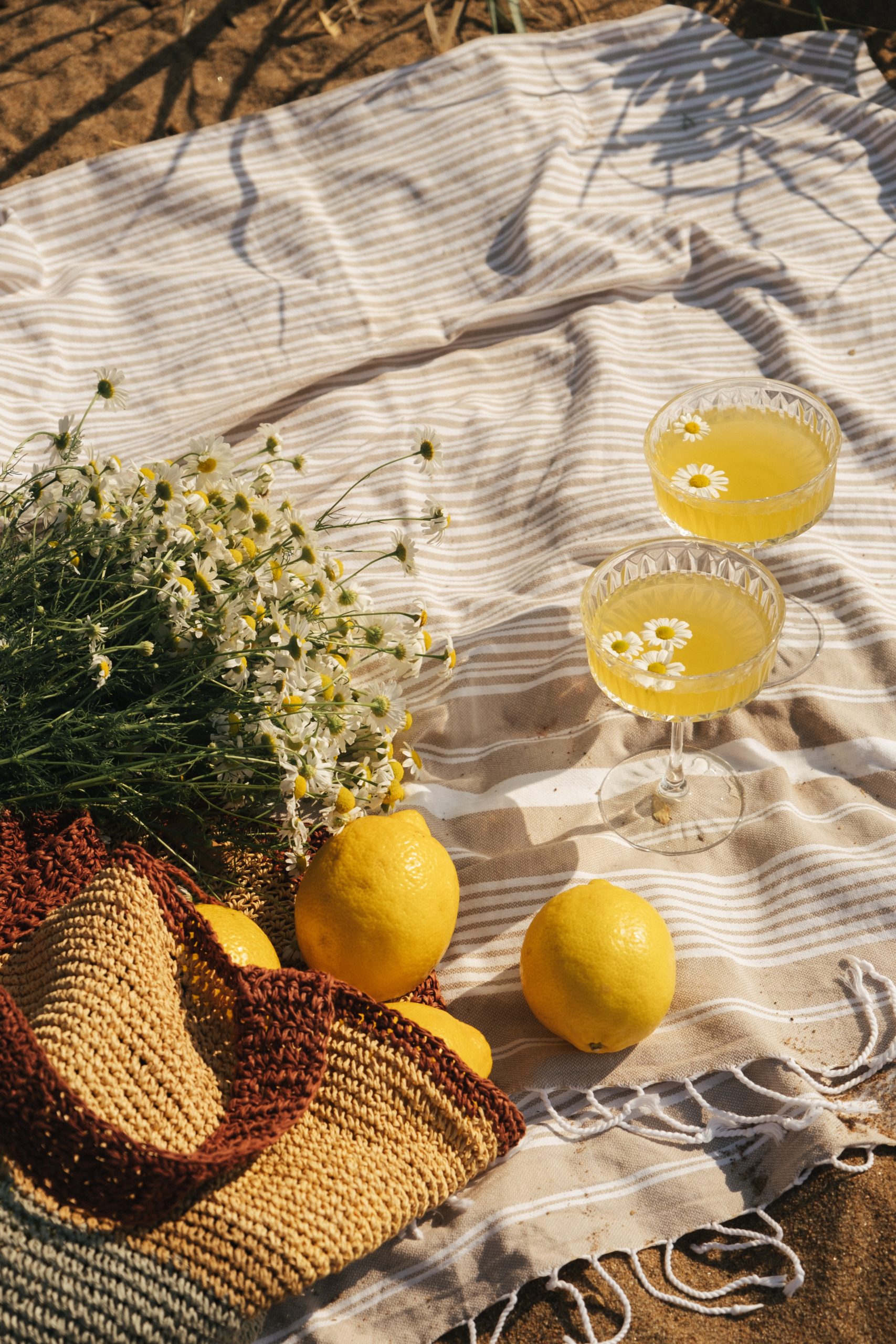When asked what I do to stay healthy, I always center my answer on my day to day practices. You see, no inconsistent piecemeal regime of supplements or superfoods will bring you to health. It is what you choose to do each and every day—the micro moments—that will cultivate authentic wellness. For me and my patients alike, the recipe for health is intentional, wise, and simple: nourishing traditions. Herbal broths, otherwise known as herbal infusions, are one of the main pillars of the nourishing traditions I teach in my practice (and practice what I preach!). There is plenty of information out there on the benefit of herbal infusions (check out the work of Susun S. Weed), but the most important distinction that I want to make here is that herbal infusions are NOT the same as teas. Infusions are steeped over a long period of time (typically 8 hours) with the intention of extracting all water soluble medicinal properties, whereas teas are more like flavored water in some respect—you just can’t extract much medicine in under 5 minutes.
So, who would benefit from drinking herbal broths regularly?
Honestly, anyone who is looking to improve their health and get more herbs into their body in a delicious, easy, and sustainable way. Infusions are high in vitamins, minerals and proteins, making them safe to use in high quantities over a long period of time, and they are so nutrient dense that they can replace your vitamin supplements as a more readily absorbable form of nutrition. However, the herb you choose to drink regularly needs to be a good fit for your current state of health, and your wellness goals.
How do I make them and what herb(s) should I choose?
This is important! Not all herbs are suitable for infusions!
- Herbs with high concentrations of volatile oils (aromatic herbs) are better suited to be made into a tea instead of an infusion as they can be dangerous. For example, Sage tea is fine but a Sage infusion can be toxic.
- Dried herbs are best. This is because trace minerals become more bioavailable through the drying process.
- Some infused herbs taste horrible. This can be nature’s way of telling us not to take the medicine in this form, or it can just be plain ol’ unpalatable.
In my private practice, I recommend the best herb, or herbal blend for my patient to work with long term to bring lasting wellness. This is decided using many factors, including seasonal availability, their current health status and health concerns, and the health goals they are trying to achieve.

To get you started, here is a short list of the herbs I most commonly recommend to my patients:
NETTLE
Urtica dioica. My first love. In infusion form, this botanical is a cure-all and very similar to a multivitamin due to it’s rich concentrations of essential vitamins and minerals. I often recommend folks start with Nettle because the before and after physically is so tangible—long hair, glowing skin, and all the like. Truly an ally for all.
OATSTRAW
Avena sativa. Infusions of this soothing plant promote a strong nervous system and decreases inflammation like no other. A fantastic ally for those who need support on a deep level, and for times of increased stress and discomfort.
RED CLOVER
Trifolium pratense. Oof—this one can be a bit bitter! It’s certainly not for the faint of heart, but dang is it effective in all things women’s health. Red clover is an excellent source phytochemicals that can aid in preventing certain cancers, regulate hormones, ease pains, and increase overall vitality for all.
HOW TO MAKE AN HERBAL BROTH:
SUPPLIES
- Quart sized glass mason jar with metal lid
- Food scale
- Herbs recommended in your personal treatment plan
- Hot water
- Strainer (I prefer a cheese cloth or nut milk bag)
DIRECTIONS
- Bring roughly one quart of water to a boil
- On your food scale, weigh out roughly 1oz total of your herb material (if you are using more than one herb, just divide to figure out how much of each herb you need to total one ounce)
- Add your one ounce of herbs to your quart sized mason jar, and pour boiling water into the jar until it reaches the absolute tipy top! If it spills over a little bit that is perfectly alright!
- Screw on top, give it a quick shake, and let the infusion rest on your countertop for a minimum of 4 hours, or preferably overnight.
- After your infusion has steeped for a sufficient amount of time, strain the plant material out of the liquid, squeezing out the plant material well to get all of the medicinal content out.
- Drink the one quart infusion per day, served hot or cold. If you are unable to drink the entire quart in a day, it is okay to refrigerate the remaining liquid and drink the next day. You can even double your batch to save time, but make sure to drink fresh infusions within 48 hours.



